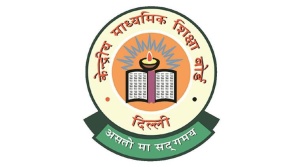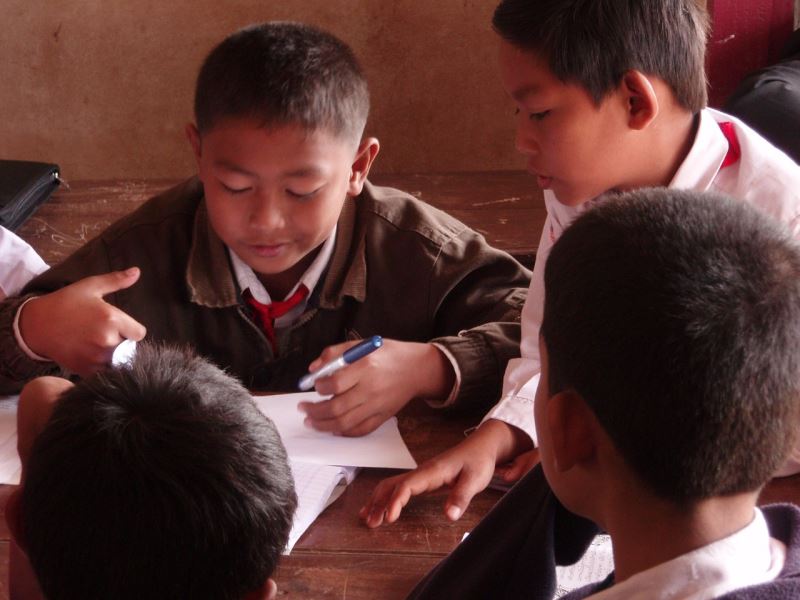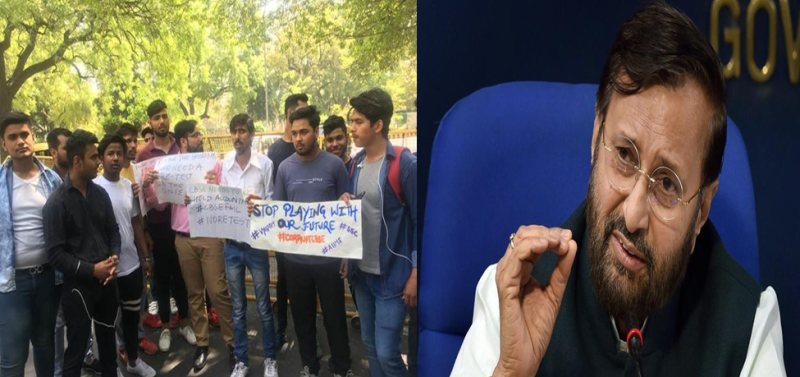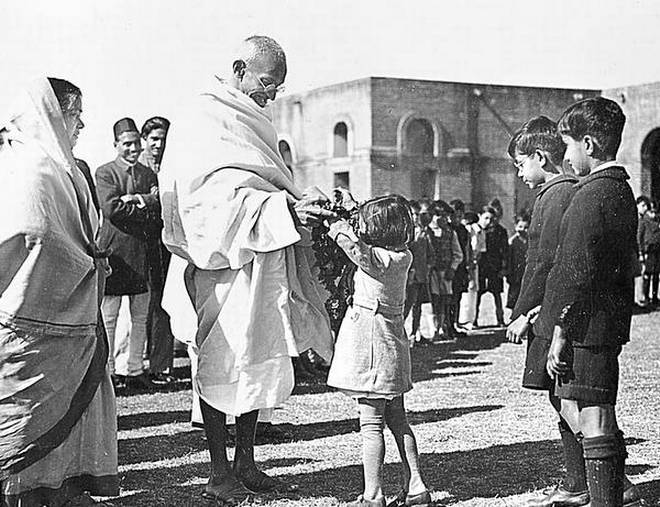Pooja Bhatia / The New Leam
Language in India is an emotive issue linked to knowledge, culture and identity; this is what makes it a volatile issue. It is also linked to employment opportunities, access to public services and livelihood. Given such a scenario, the parliamentary panel’s recommendation to the HRD Ministry to make Hindi compulsory up to class 10 in all CBSE schools and KVs ( kendriya vidyalaya) is bound to rake up tensions in a multilingual, federal country like ours.

While the Constitution places an obligation upon the Centre to promote the spread and development of Hindi, it nowhere sanctions the use of force in doing so. India does not have any national language. Hindi has been assigned the status of an official language along with English as an associate official language to allay fears of the non-Hindi speaking states. This flexible arrangement has worked well for India’s linguistic diversity.
Equating Hindi (written in the Devnagri script) with Hindus and Hindustan vis-à-vis other regional languages reeks of majoritarian and anti-secular tendencies. C.N.Annadurai, a prominent face of the anti-Hindi agitation, had said in Parliament: “It is claimed that Hindi should be the common language because it is spoken by the majority. Why should we then claim the tiger as our national animal instead of the rat which is more numerous? Or the peacock as our national bird when the crow is more ubiquitous?”
Making Hindi compulsory till class 10 will widen the North-South divide with the southern states alleging Hindi chauvinism by the Centre. Hindi is seen as an imposition of the culture of the Hindi-speaking northern states on the culture of the non-Hindi speaking states. This homogenisation in the name of unification is equally threatening to the north-eastern states. Apart from culture, non-Hindi speakers feel burdened to learn an additional language along with their local language and English.
Hindi imposition also does injustice to other Indian languages like Braj, Bhojpuri, Maithili, Awadhi etc. that have been grudgingly reduced to mere dialects of Hindi. Speakers of some of these languages have for long been demanding an autonomous status, both linguistically and geographically. The government has a duty to promote all 22 languages listed in the Eighth Schedule, many of which suffer from neglect due to Hindi radicalisation.
Linguists have pointed out that the idea of a pure standard language- spoken over a larger area, having a unique script, perfect grammar and rich literary tradition- is a myth. Languages evolve overtime; codifying them kills their natural trajectory. A Sanskritized pan-India Hindi is itself a myth. Its regional variations and distinct local flavours curtail any such standardisation project.
India’s language policy must reflect the changing perceptions of its people, especially its youth. That English medium schools have more takers reveals the changing aspirations of the poor. Unlike political assertions of Hindi, in reality, people in the Hindi belt too equate English with education, progress, employment and upward mobility. What is needed is a liberal approach to the question of language. The CBSE’s recommendation of the three language formula- English and any two Indian languages – to be extended to classes 9 and 10, should be considered by the HRD Ministry. The government should build liberal institutions where scientific scholarship of various languages can flourish. The entertainment industry especially Bollywood, markets and organisations like the Dakshin Hindi Prachar Sabha have much greater potential to popularise Hindi than a militant policy that leaves little room for choice. It is high time governments understand that learning of any language is an exercise of personal choice based on its utility or affinity to the user. Singing a song together or learning a common language does not instill nationalism; celebrating diversity does. Many, not one, is the Indian way.














